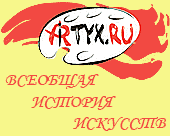передняя азия
древний египет
средиземноморье
древняя греция
эллинизм
древний рим
сев. причерноморье
древнее закавказье
древний иран
средняя азия
древняя индия
древний китай
НОВОСТИ ЭНЦИКЛОПЕДИЯ БИБЛИОТЕКА
Figures
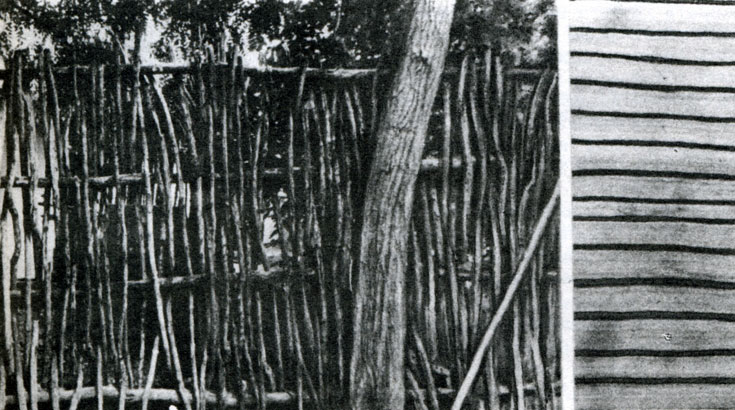
Fig. 2. Striped palas. Wool of domestic animals. Natural colours (right)
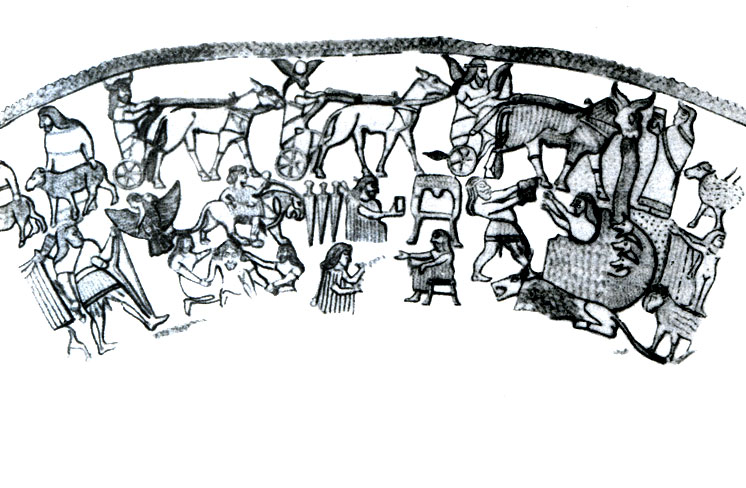
Fig. 3. Sketch of gold bowl. IX-VIII centuries В. С Found by archeo-logical excavations on Gasanlu Hill in the South Azerbaijan

Fig. 6. Kuba type carpet. XIII century. Istambul, Turk ve Islam Eserleri Muzesi, identified as 'Seljug'. Inv. N 678
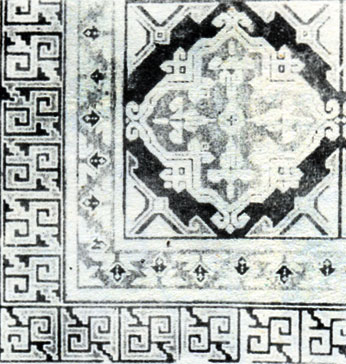
Fig. 7. 'Shirvan' carpet. XIII sentury. Istambul, Turk ve Islam Eserleri Muzesi, identified as 'Seljug'. Inv. N 861

Fig. 8. Fragment of carpet made in Shirvan. XIII century. Formerly it was in Alaedin mausoleum in Konya, odentified as 'Seljug'' Today it is in Istambul, Turk ve Islam Eserleri Muzesi. Inv. N 683

Fig. 9. Carpet, made in Shirvanian makhal. XIII century. Istambul, Turk ve Islam. Eserleri Muzesi. Inv. N 681
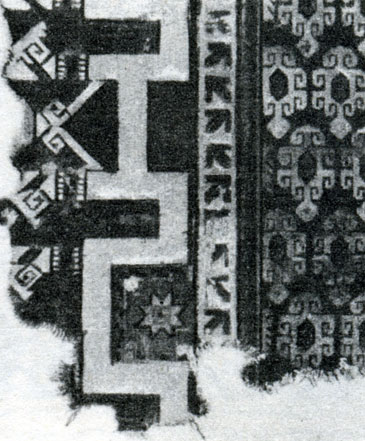
Fig. 10. 'Mugan' carpet. XIII century. Istambul, Turk ve Islam Eserleri Muzesi, identified as 'Seljug'. Inv. N 684
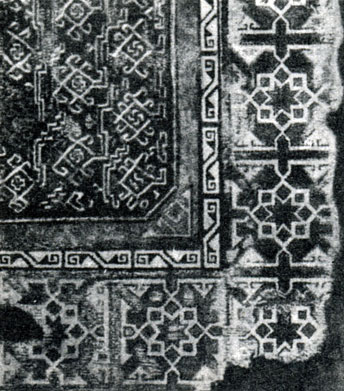
Fig. 11. 'Baku' carpet. XIII century. Istambul, Turk ve Islam Eserleri Muzesi, identified as 'Seljug'
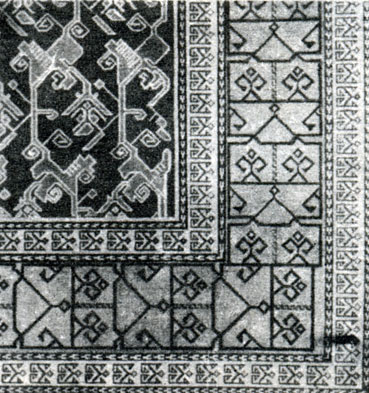
Fig. 12. XIII century. Carpet, representing North-East school of carpet-making in Azerbaijan. Ornament was adopted from middleaged cloths. Istambul, Turk ve Islam Eserleri Muzesi, identified as 'Seljug'. Inv. N 685
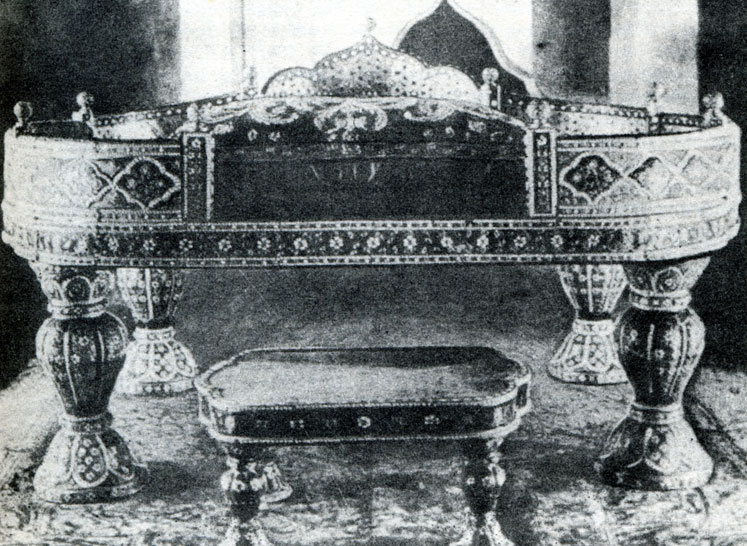
Fig. 13. Throne of Shah Ismail Khatai Tebriz masters. XVI century. Istambul, Top Kapu Sarayi Muzesi
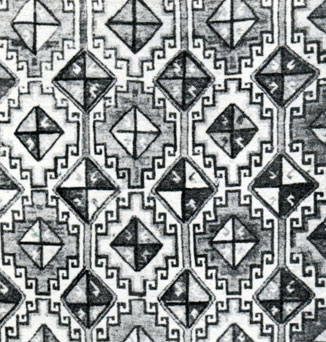
Fig. 14. 'Mugan' carpet. XIII - XIV! centuries. Istambul, Turk ve Islam Eserleri Muzesi
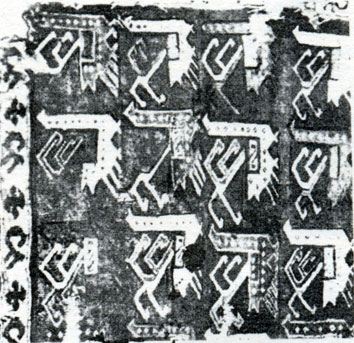
Fig. 15. 'Gyanja' carpet. XIV century. Konya, Movlan Muzesi. Sketch of it is in Istambul. Turk ve Islam Eserleri Muzesi. Inv. N 841

Fig. 16. Fragment of 'Karabakh' carpet. XIV century. New York. Metropolitan Museum
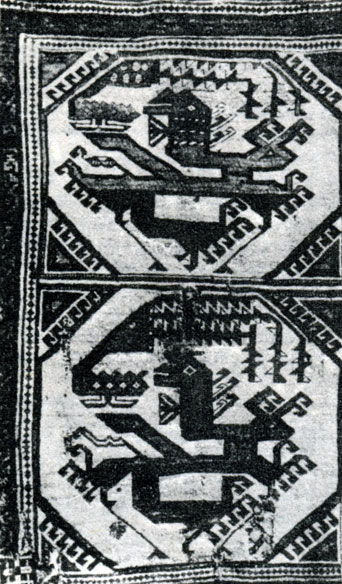
Fig. 17. 'Fight of dragon with Phoenix' carpet. Gyanja-Kazakh type. XV century. Berlin, Museum of Arts

Fig. 18. 'Kazakh' carpet with image of dragon. Late XV century. Istambul, Turk ve Islam Eserleri Muzesi. Inv. N 1036
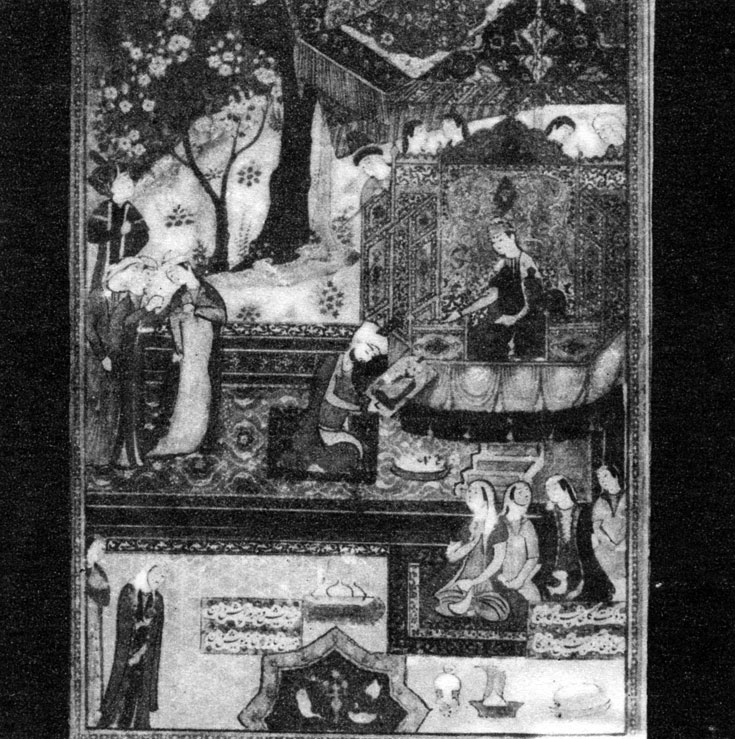
Fig. 19. Miniature with carpet picture. Central field 'Islimibendlik', border - 'Khashy' ornament, characteristic for Baku and Kuba carpets (Kyufi). XVI century
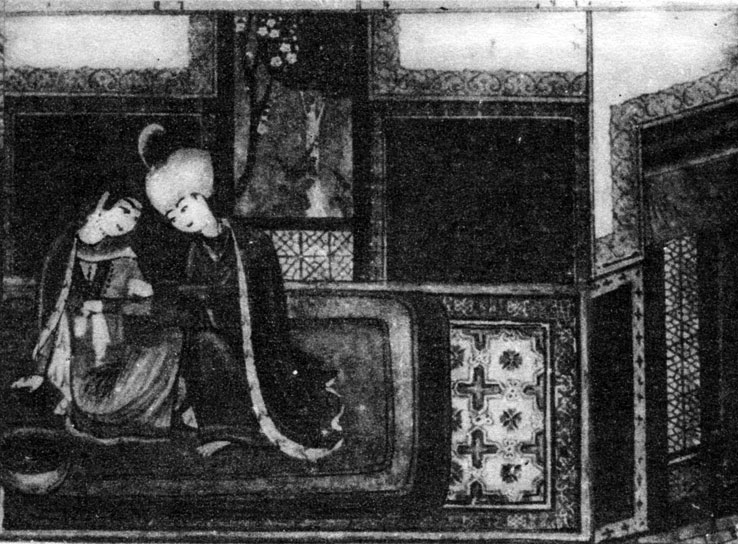
Fig. 20. Miniature with 'Shirvan' carpet picture. Early XVI century

Fig. 21. Fragment of miniature with carpet picture. Afshan composition. XVI century
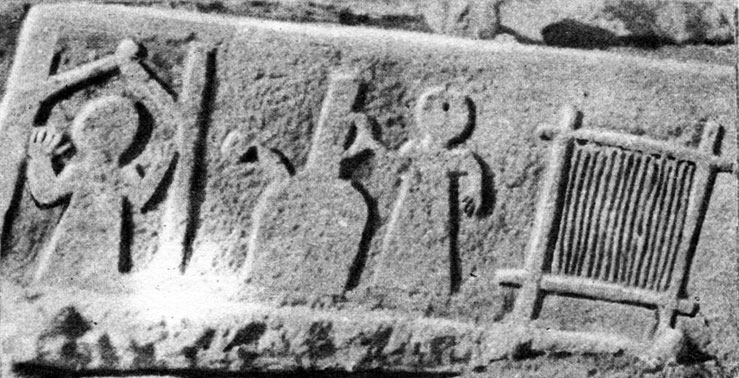
Fig. 22. Gravestones, on which two carpet makers, loom and tools are cut. Old graveyard. Urud country. XV - XVI centuries
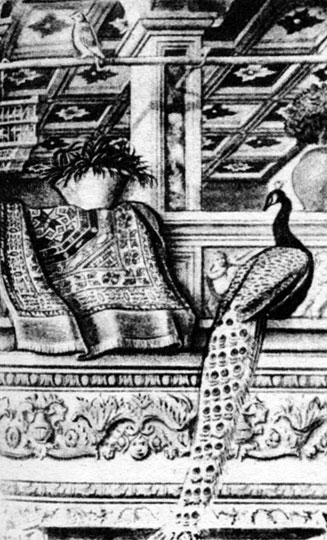
Fig. 25. Karlo Krivello (1430 - 1493). 'Return'. Fragment
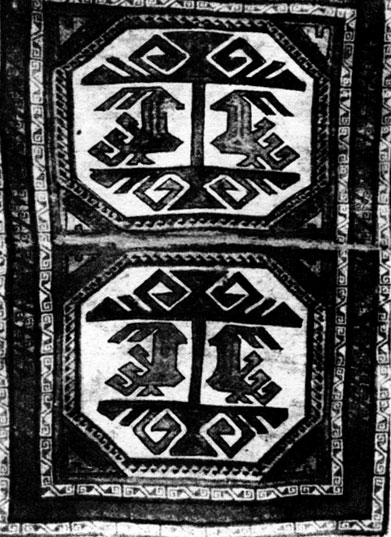
Fig. 26. 'Karagoyunly' carpet. Gyanja-Kazakh group. Early XV century. Berlin. Museum of Arts
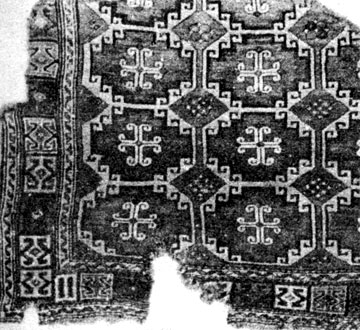
Fig. 30. 'Mugan' carpet. Late XVIII century. Konya, Movlan Muzesi

Fig. 31. 'Shemakha' carpet. Shirvan group. XVII century. Athens, Banaki Museum
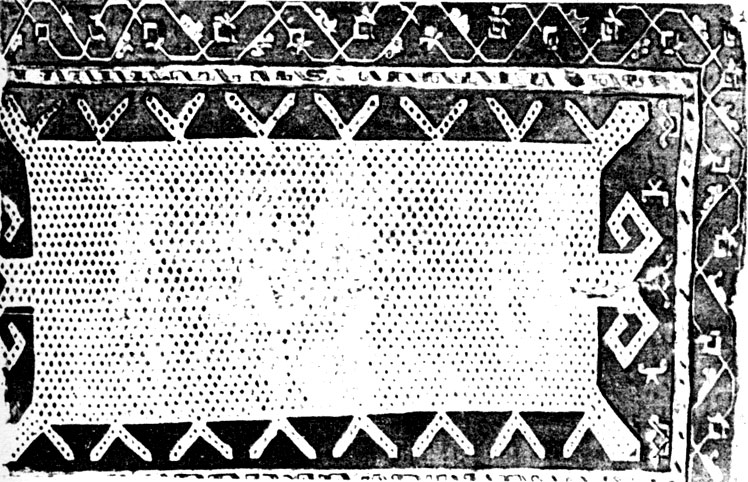
Fig. 32. 'Kazakh' carpet. XVII century. Istambul, Turk ve Islam Eser-leri Muzesi. Inv. 352
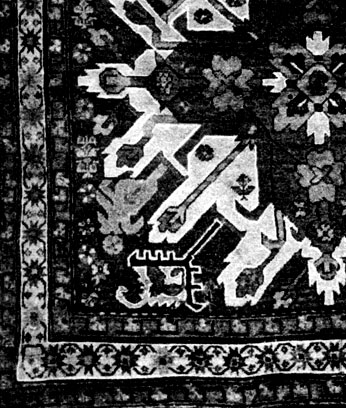
Fig. 33. 'Barda' carpet. (First variant of 'Chelebi'). Kazakh group. XVII century. Till recent it was in Baku, in Bibieibat sanctuary
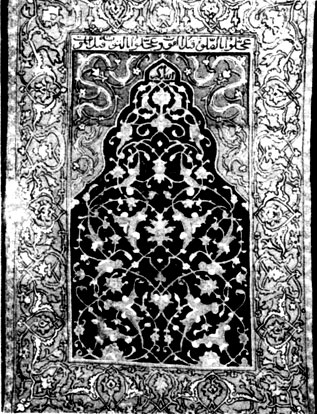
Fig. 34. 'Namazlyk' carpet (Sajjada). Tebriz type. XVII century. Istambul, Top Kapu Sarayi Muzesi. Inv. N 2/6773

Fig. 40. Sketch of Khaly-Gyaba set consisting of three (a) carpets

Fig. 40. Sketch of Khaly-Gyaba set consisting of four(b) carpets

Fig. 40. Sketch of Khaly-Gyaba set consisting of five(c) carpets
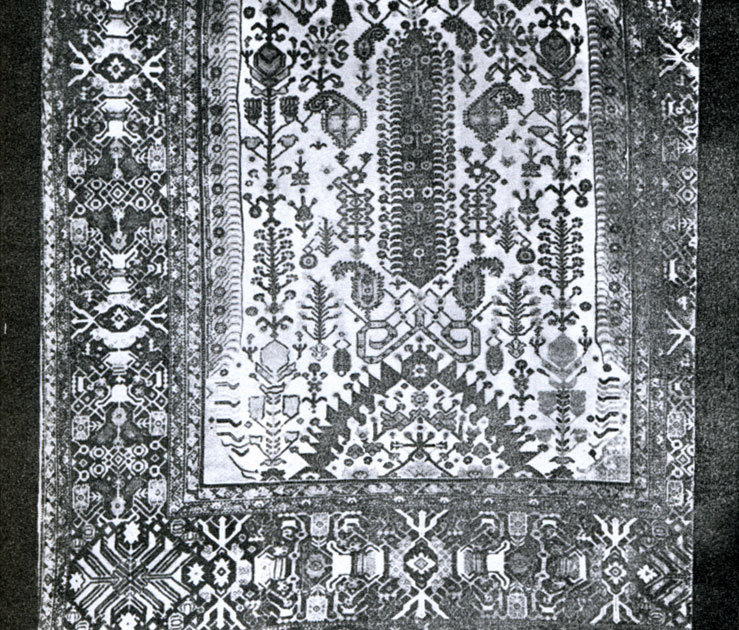
Fig. 44. 'Khanlyg' carpet. (Shusha), Karabakh group. XIX century. Leningrad. Museum of Ethnography. Inv. N 4711-3
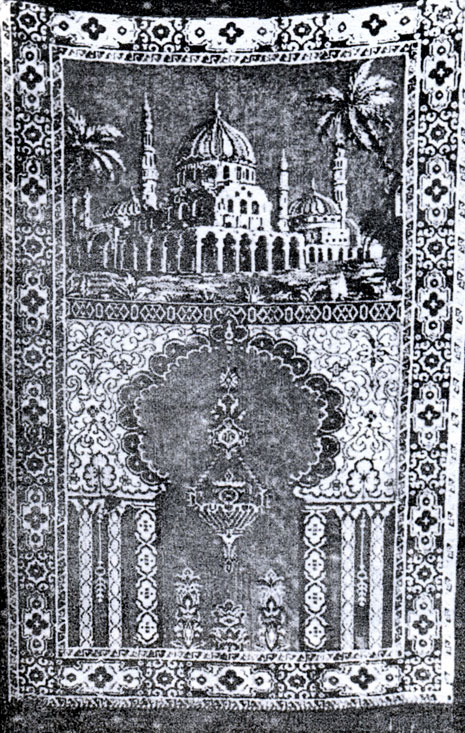
Fig. 45. Sample. Velvety carpet. Machine-made. Imported in Azerbaijan in early XX century
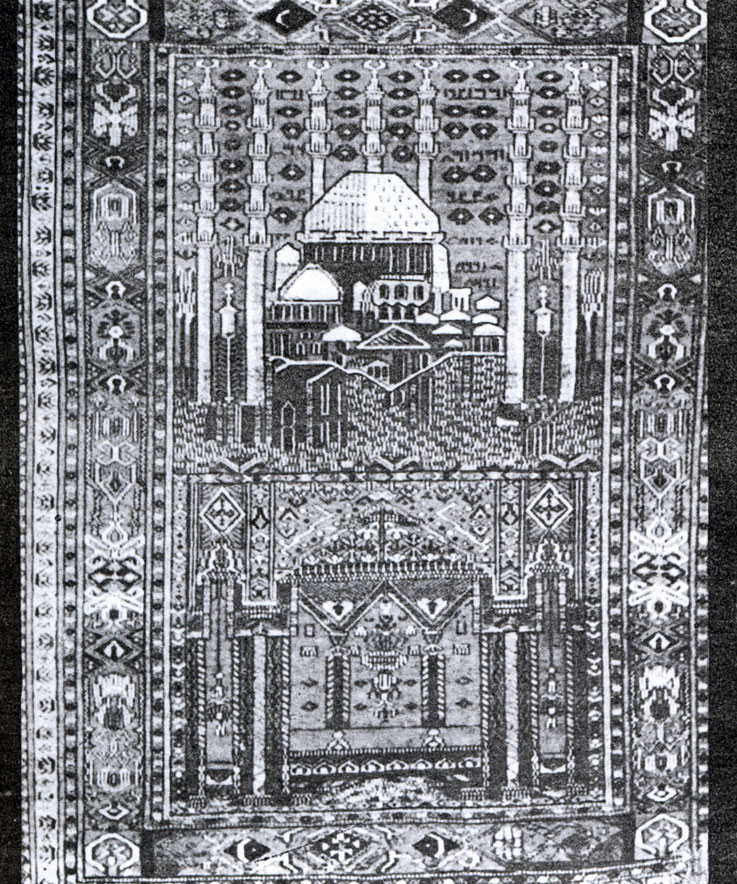
Fig. 46. Carpet, made in Shirvan. Adopted from velvety-woven carpets. XX century

Fig. 47. 'Sample carpet'; left-'Bagchada-gyuller' (Flowers in Garden) composition fragment, right - 'Nyalbekigyul' (Nalbeki flower)
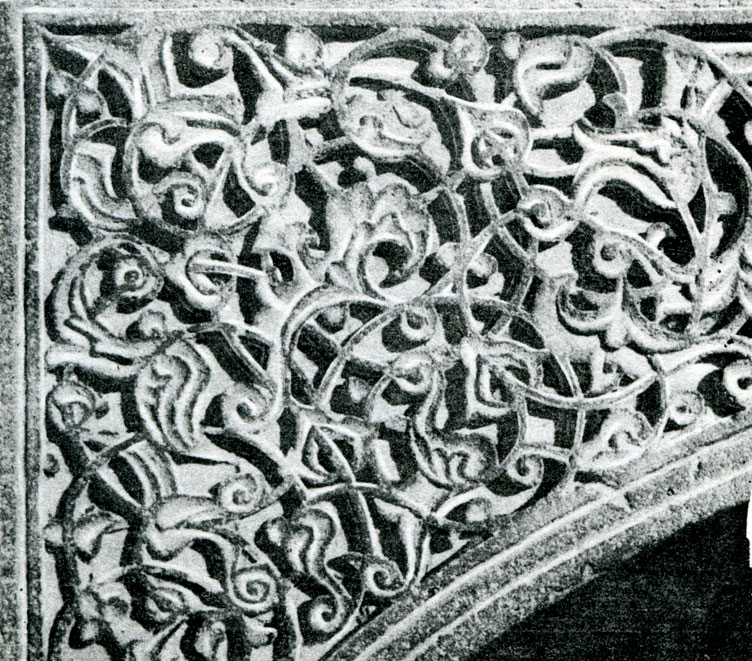
Fig. 50. Portal of Shirvanshah Palace, decorated with 'Islimi bendlik' composition. Baku, XV century

Fig. 51. Door. Entrance to the mosque. Byulbyul village. Apsheron. Decorated with 'Islimi-bendlik' composition or 'Sin ar'. XV century
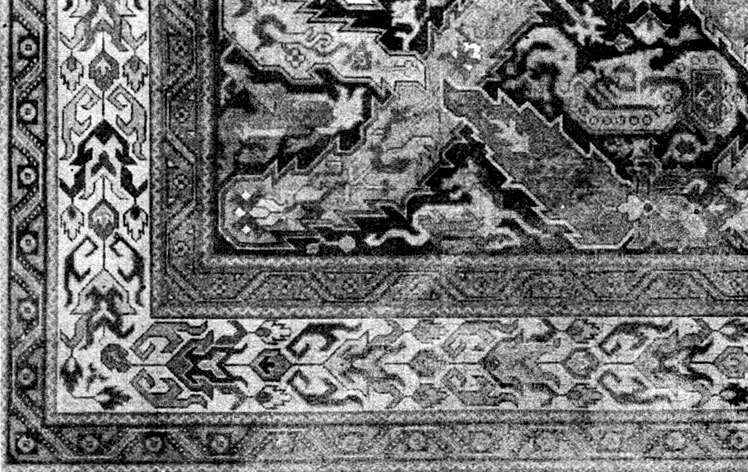
Fig. 55. Ornament of 'Gollu' carpet. Khatai composition. Copied in 1931

Fig. 60. Stylized image of clouds in miniature to Uigurian manuscript
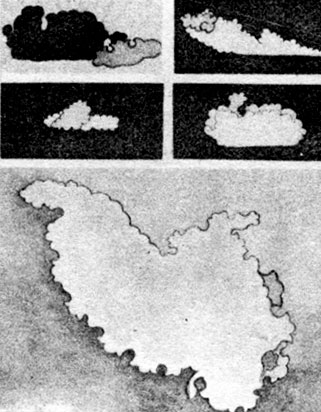
Fig. 61. Image of clouds in the spring sky

Fig. 62. Pictures of Dragon and Phoenix in the form of clouds. Chinese decorative cloth. Moscow. Museum of Oriental culture. XVI century

Fig. 63. Bashlyg and Gubpa forms. Samples

Fig. 70. 'Bailov stones' found in Caspian Sea. Images of 'vag'. XIII century. Baku. Collections in Shirvanshah's Palace
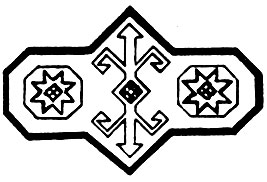
Fig. 71. Decorations with Ketebe images

Fig. 72. Khali. Fragment. On Ketebe ground a poem line is written in Azerbaijanian language. Tebriz group. XIX century. Baku. Mu seum of History of Azerbaijan
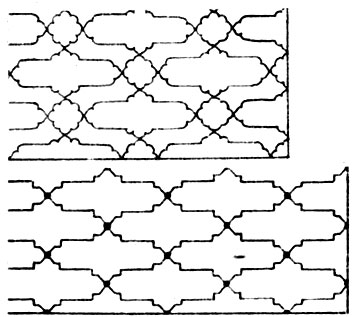
Fig. 74. Gravestone with Ketebe images on which lines of ghazels are written. Agdam. Graveyard Kara-gajilyar. (XIX century)

Fig. 75. Typical Gels. Characteristic to Kuba group of carpets

Fig. 75. а Typical Gels. Characteristic to Kuba group of carpets
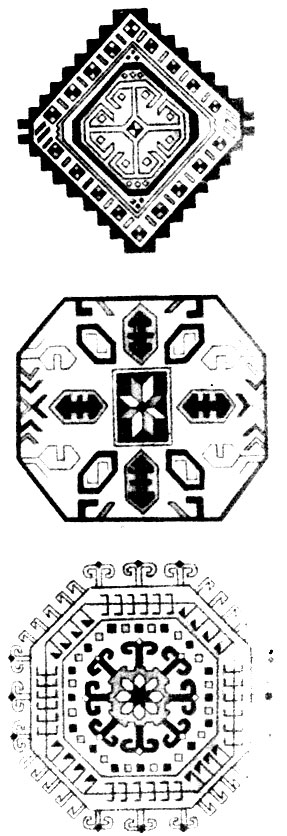
Fig. 75 б. Typical Gels. Characteristic to Kuba group of carpets
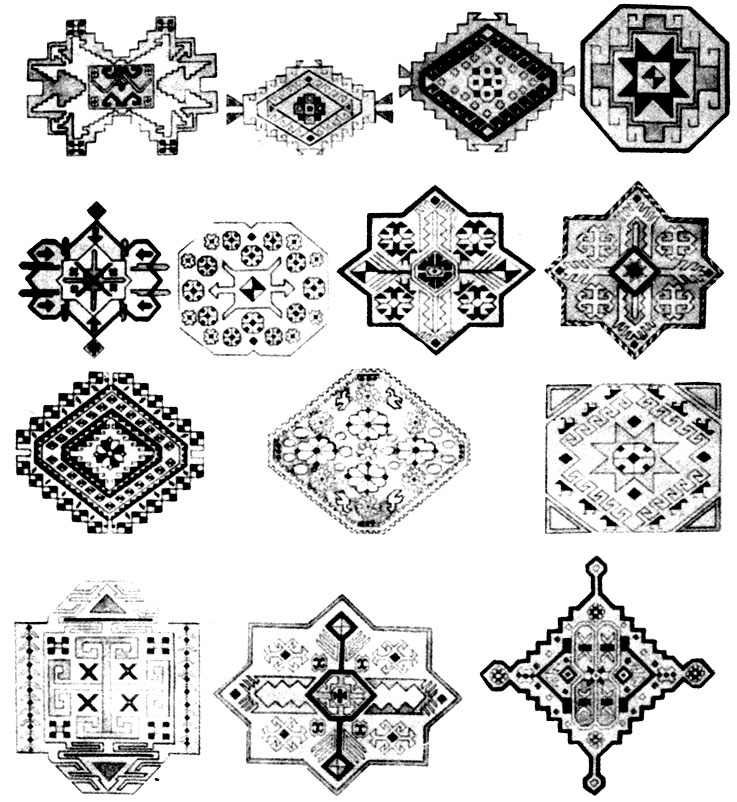
Fig. 76. Typical Gels. Characteristic to Shirvan group of carpets
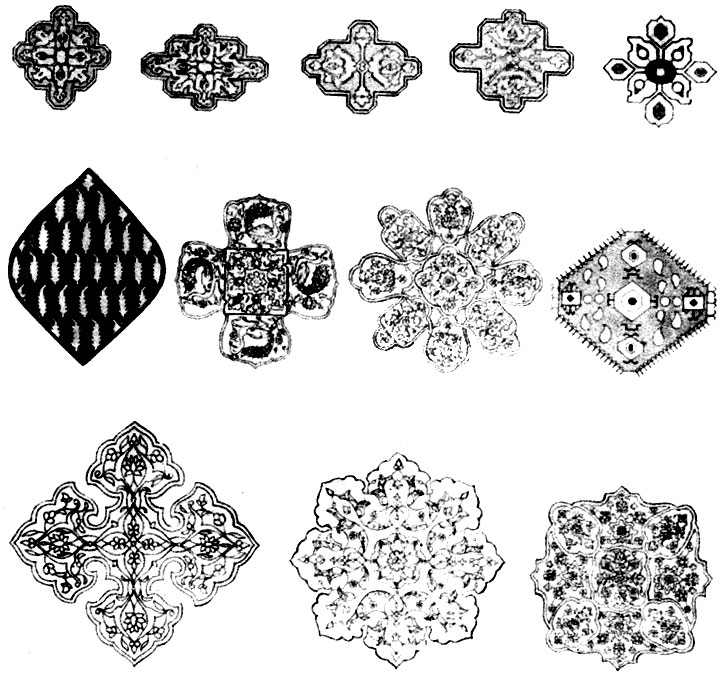
Fig. 80. Typical Gels. Characteristic to the South Azerbaijan group of carpets
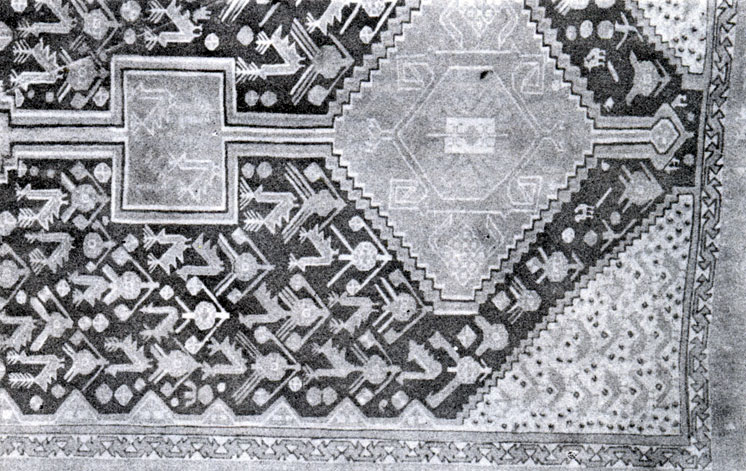
Fig. 81. Carpet. Image of flowing water, basin with two ducks. Shusha. Early XIX century

Fig. 86. Different separate parts of 'Bendi-Rumi' composition

Fig. 87. 'Bendi-Rumi' composition
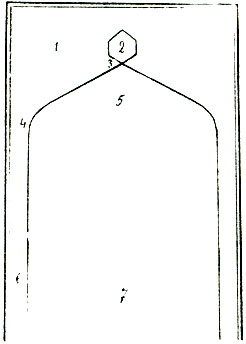
Fig. 89. Schematic construction of arch: 1. Tagustyu; 2. Gubpa; 3. Gyorush nogtasi; 4. Dirsak; 5. Alyn; 6. Etek; 7. Tagaralygy
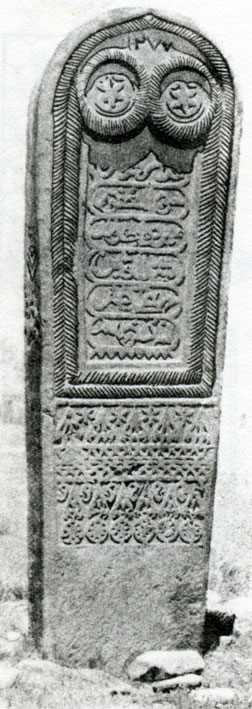
Fig. 90. Gravestone of Mehraba type. Graveyard. Kazakh town
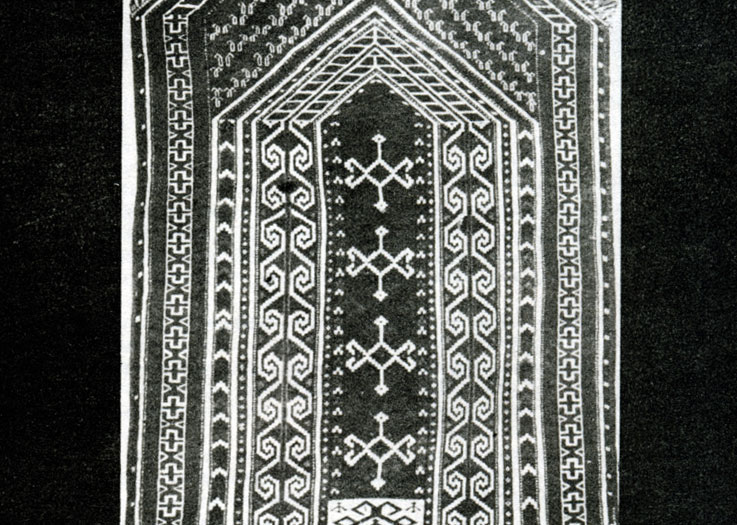
Fig. 91. Turkmenian carpet 'Namazlyk'. Early XIX century. Leningrad. Russian Museum

Fig. 93. Schematic construction of decorative arch-lachak: 1. Ganad; 2. Etak; 3. Anakhat; 4. Kheikal; 5. Alynlyg
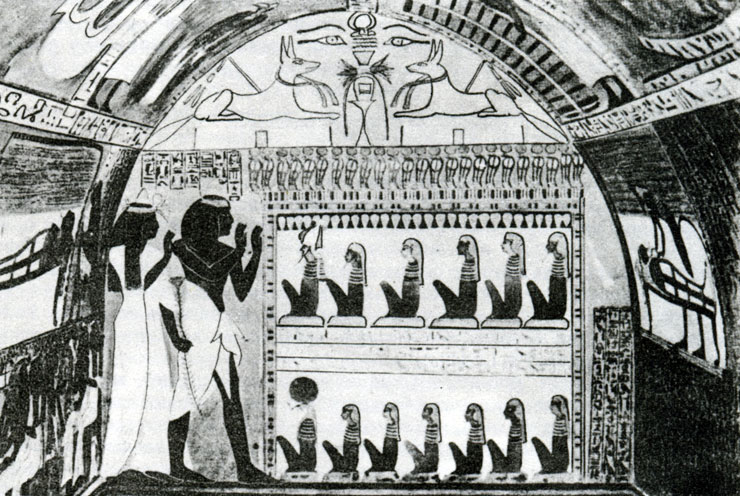
Fig. 97. Arch of Old Greek pyramid. Frontal part. Figure of a man
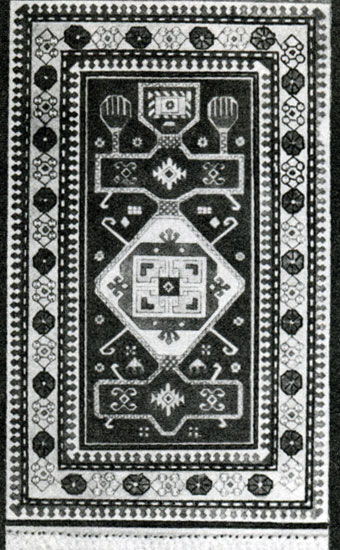
Fig. 103. 'Namazlyk'. Prayer carpet, Shusha town. XIV century

Fig. 104. 'Namazlyk'. Prayer carpet. South Azerbaijan. XVII century

Fig. 105. 'Namazlyk'. Prayer carpet. South Azerbaijan XVI century
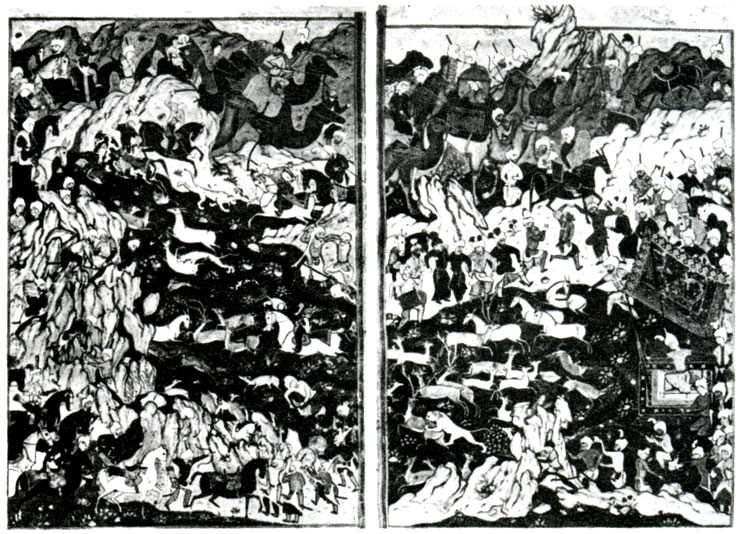
Fig. 106. Miniature. Ceremony of Hunting. 'Sygyr'. Sultan Mukhammed, Tebrizi. XVI century
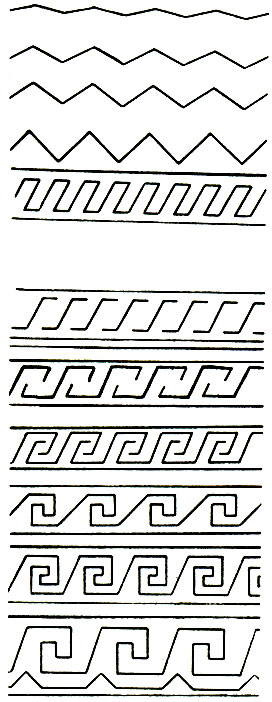
Fig. 107. S-shaped element, meaning water. Widely spread in Oriental decorative art. Evolution from simple S-shaped element to complex one
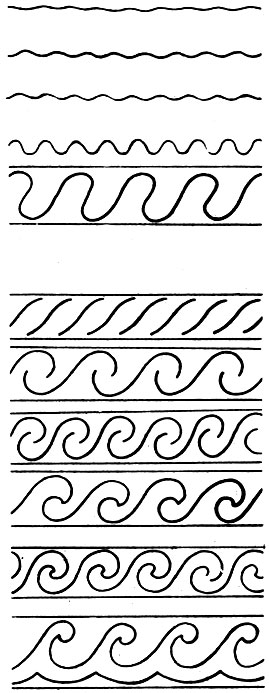
Fig. 107а. S-shaped element, meaning water. Widely spread in Oriental decorative art. Evolution from simple S-shaped element to complex one
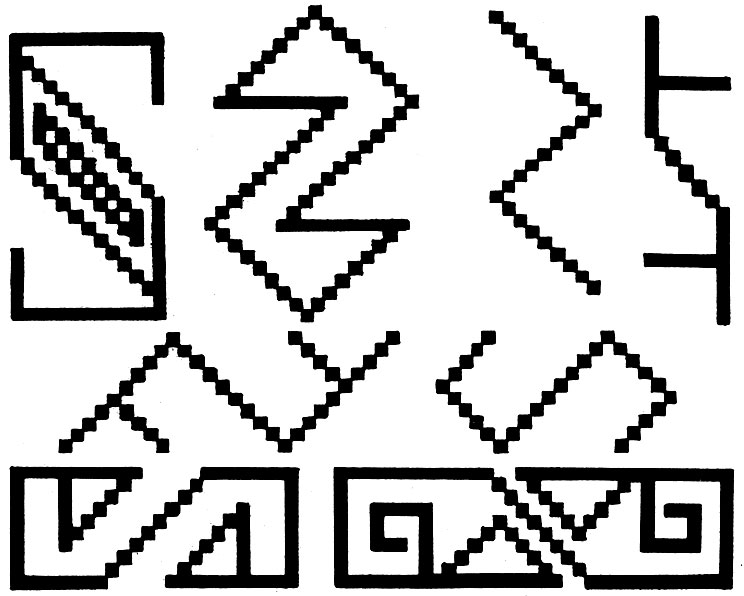
Fig. 108. S-shaped elements, used in Azerbaijanian carpets
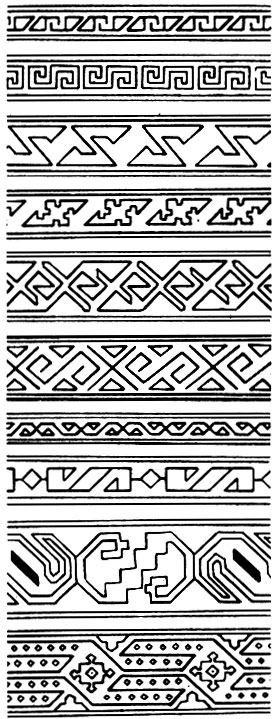
Fig. 109. Different border stripes, decorated with S-shaped elements, which were widely used in Azerbaijanian carpets
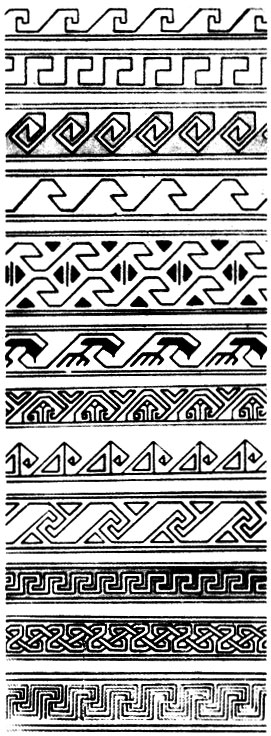
Fig. 109а. Different border stripes, decorated with S-shaped elements, which were widely used in Azerbaijanian carpets
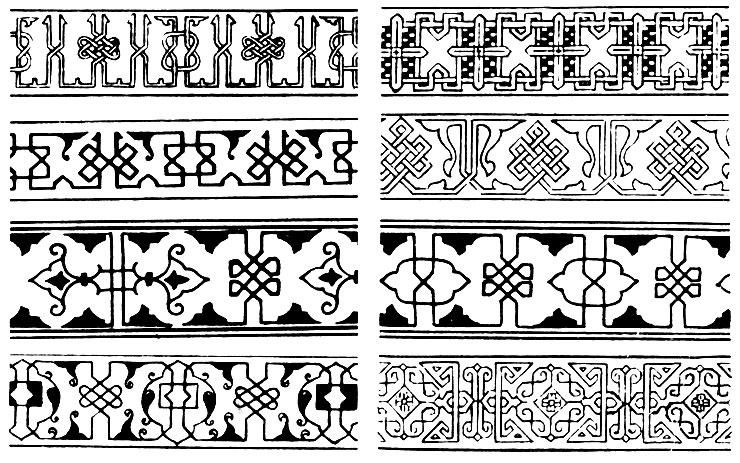
Fig. 110. 'Shami'. Border stripes of different composition
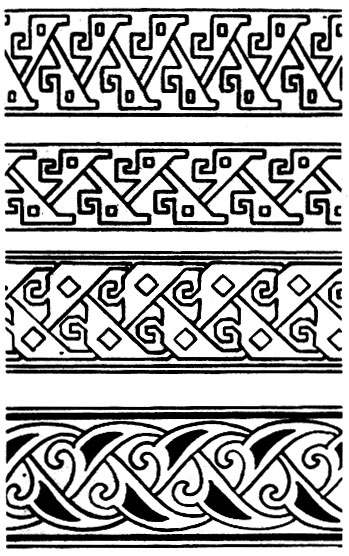
Fig. 111. 'Mash'al' border stripes of different forms
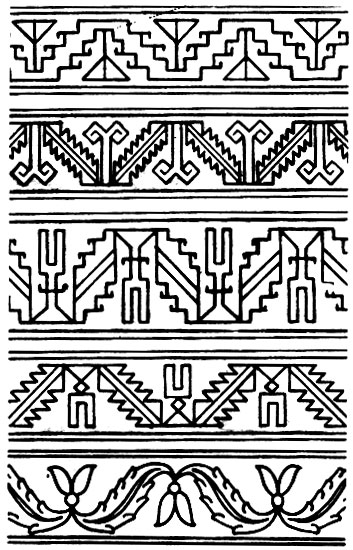
Fig. 112. 'Khoruk-burma' border stripes of different composition

Fig. 113. 'Gotazly' border stripes used in Shirvanian carpets
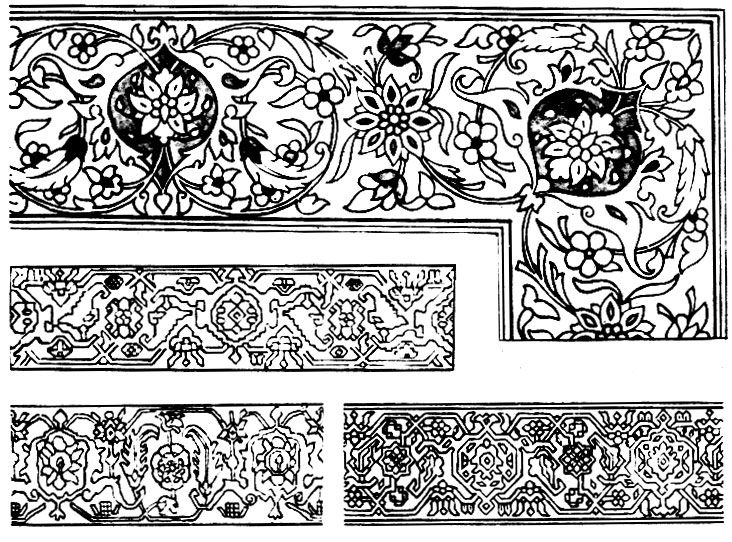
Fig. 114. 'Islimi-ielan' border stripe. The way it was changed in the process of form development
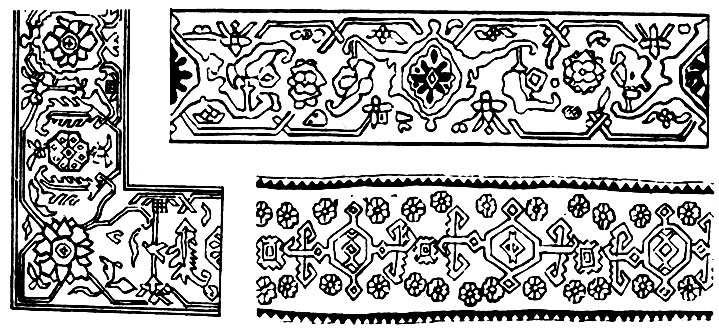
Fig. 114a. 'Islimi-ielan' border stripe. The way it was changed in the process of form development
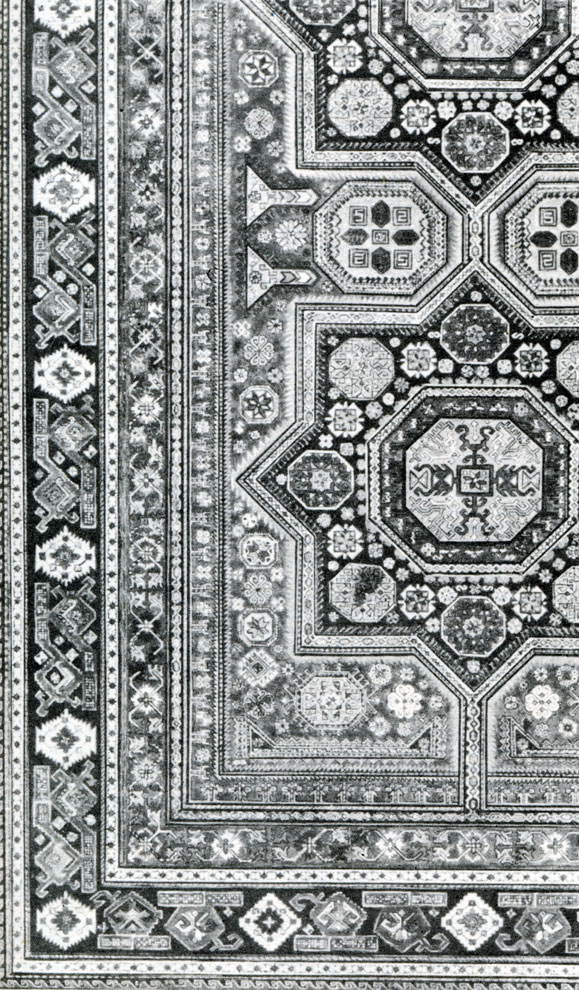
Fig. 115. 'Alpan' carpet (First variant). Kuba group of carpets. 1320 according to Khijri (1902)
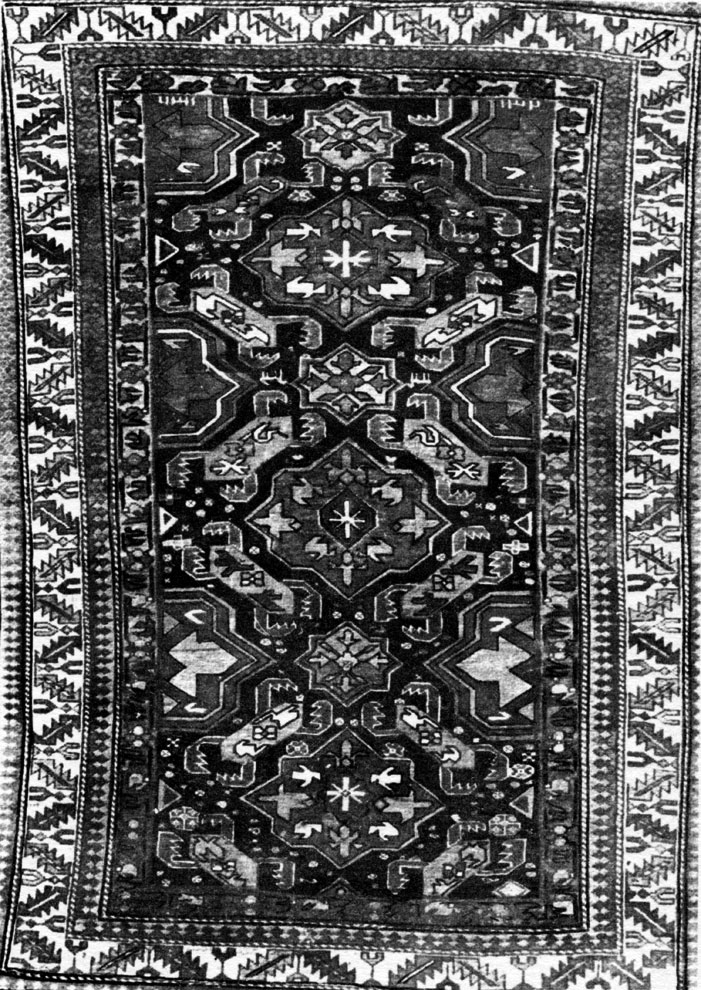
Fig. 115а. 'Alpan' carpet (First variant). Kuba group of carpets. 1320 according to Khijri (1902)
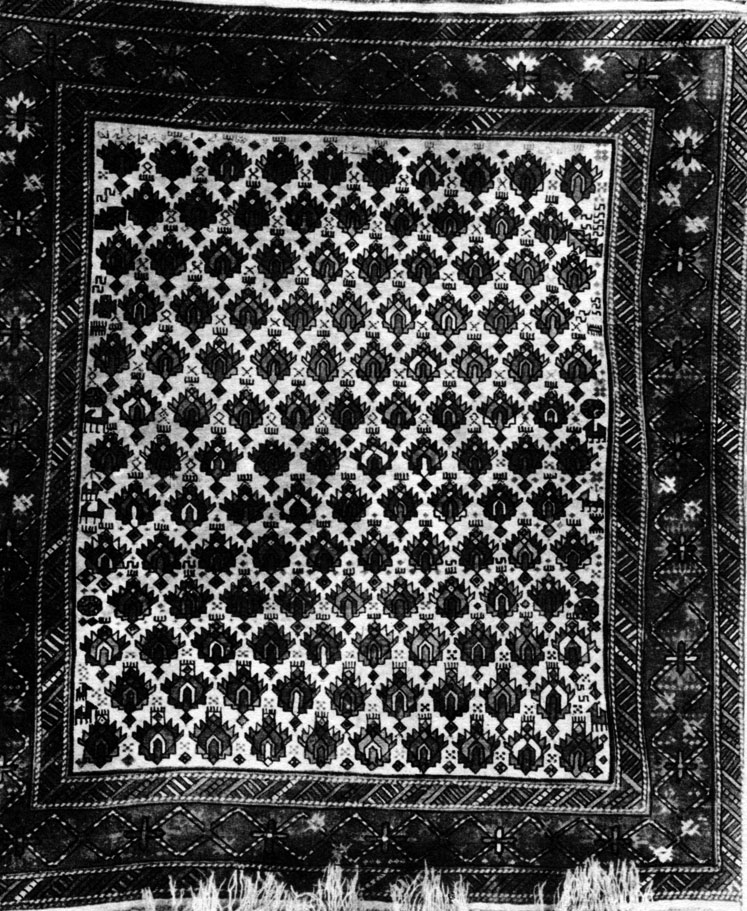
Fig. 116. 'Alpan' carpet (Second variant). Kuba group of carpets. 1283 according to Khijri (1866)

Fig. 117. 'Khyrdagyulchichi'. Kuba group of carpets. First half of the XIX century. London, Victoria and Albert Museum. 1972
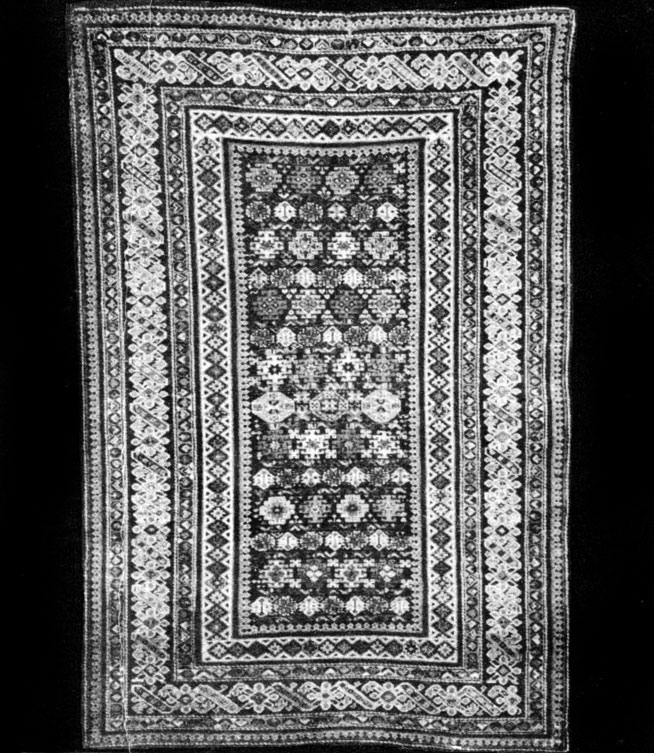
Fig. 118. 'Sirtchichi' carpet. Kuba group of carpets. XIX century. Leningrad. Museum of Ethnographv. Inv. N 4751-1

Fig. 119. 'SirtchichT carpet. Kuba group of carpets, XIX century. Moscow, Museum of Oriental Culture
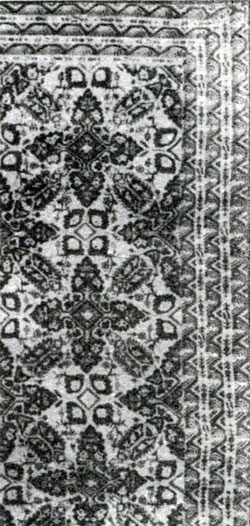
Fig. 120. Variant of 'Gollychichi' carpet. Turkmenia

Fig. 121. 'Gollychichi' carpet. Kuba group of carpets. XIX century. Tbilisi. State Historical Museum of Georgia
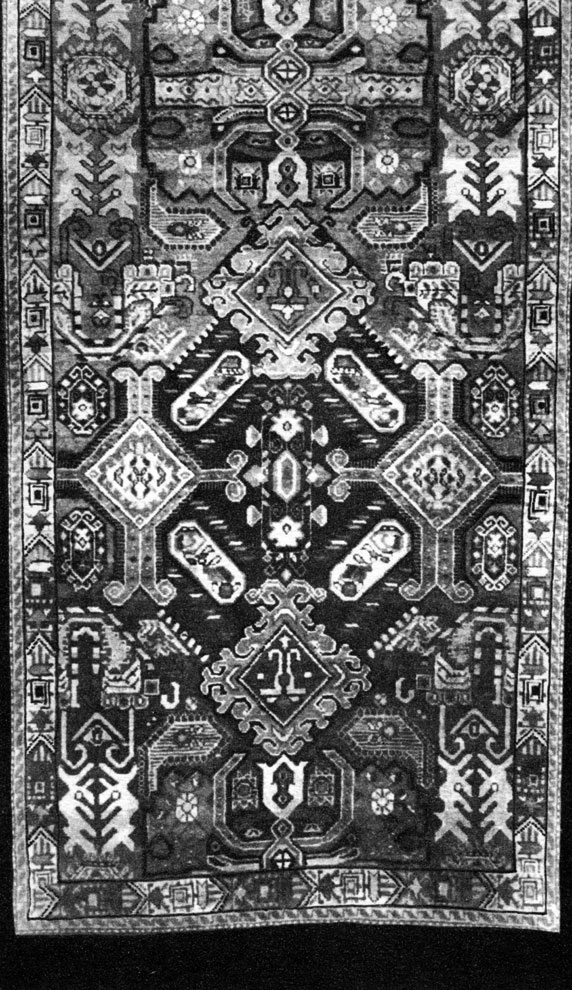
Fig. 122. Variant of 'Gollychichr carpet. Agdam
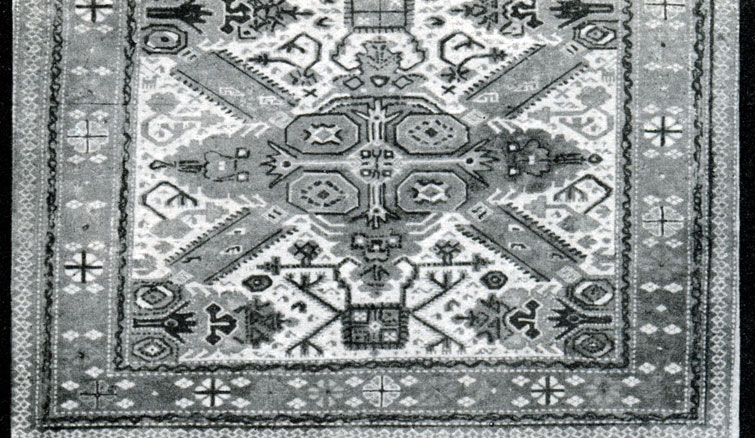
Fig. 123. Variant oi 'Gollychichi' carpet. Shirvan
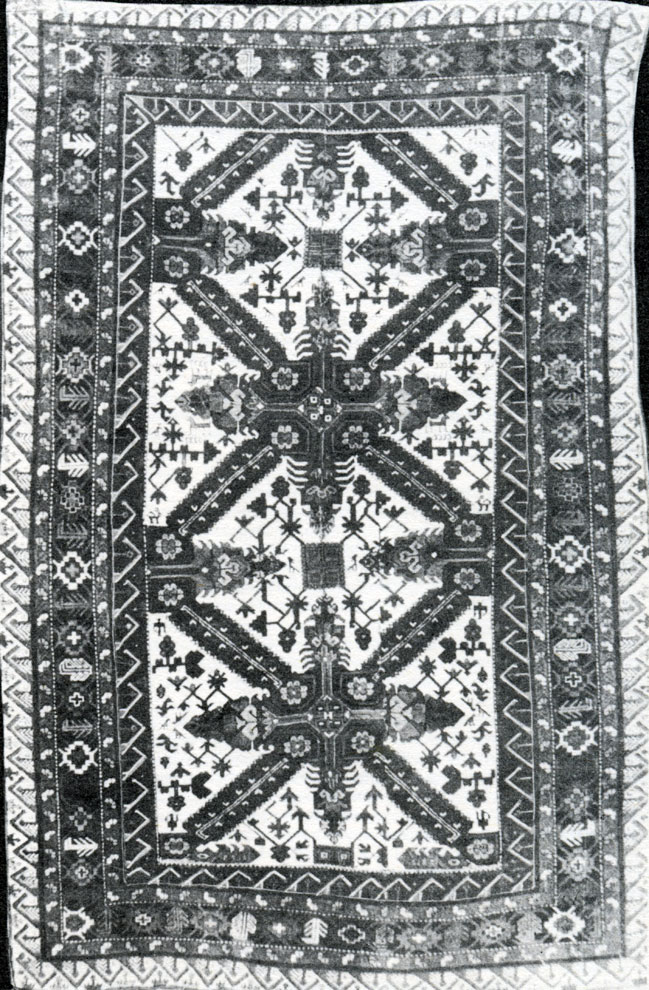
Fig. 124. 'Gollychichi' carpet. 1231 according to Khijri (1814). From author's collections (coloured)
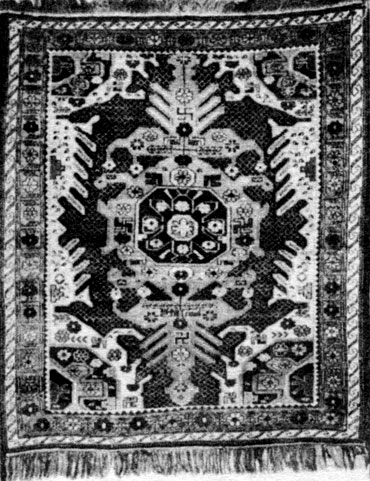
Fig. 125. 'Gymyl' carpet (Second variant). Kuba group of carpets. XIX century. Leningrad. Museum of Ethnography. Inv. N328-6

Fig. 126. 'Gymyr carpet (Second variant). Kuba group of carpets. XIX century. Leningrad. Museum of Ethnography. Inv. N 7244-11

Fig. 127. 'Gymyl' carpet. XVIII century. Mosque, Lagich village, (coloured)

Fig. 128. 'Ueriim minare' carpet. Kuba group of carpets. Collections of former Zakgostorg (Transcauea-Sian State Commerce). XIX century

Fig. 129. Ardebil town. Cupola of Sheikh Safi mosque. XVII century
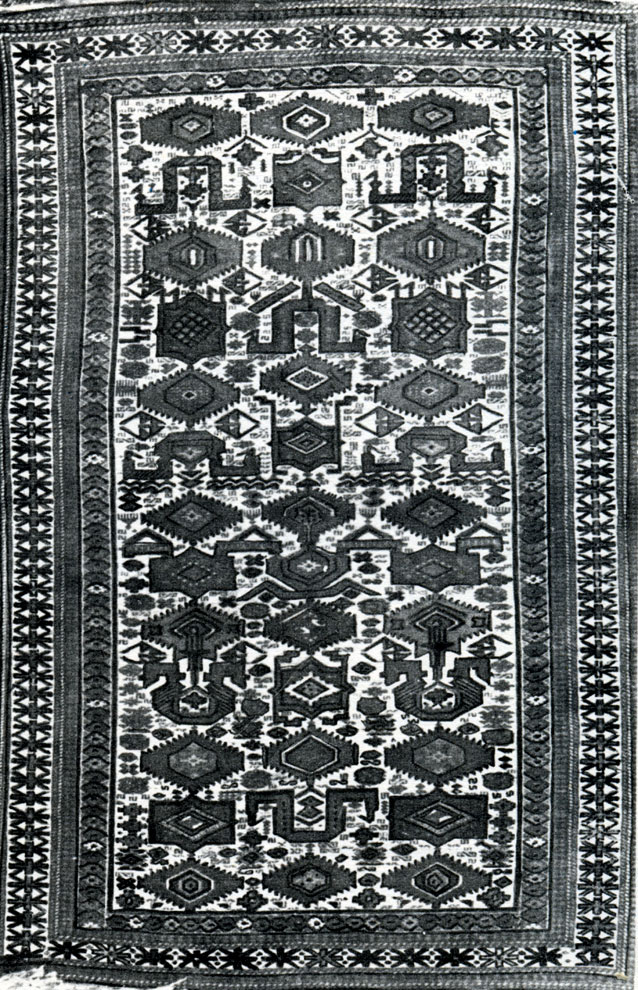
Fig. 130. 'Gajigaiyb' carpet, Kuba group, XIX century

Fig. 131. 'Sumakh' carpel. Kuba group, XIX century

Fig. 132. 'Sumakh' carpet. Kuba group of carpets. First half of the XIX century. London, Victoria and Albert Museum. Inv. N 1955
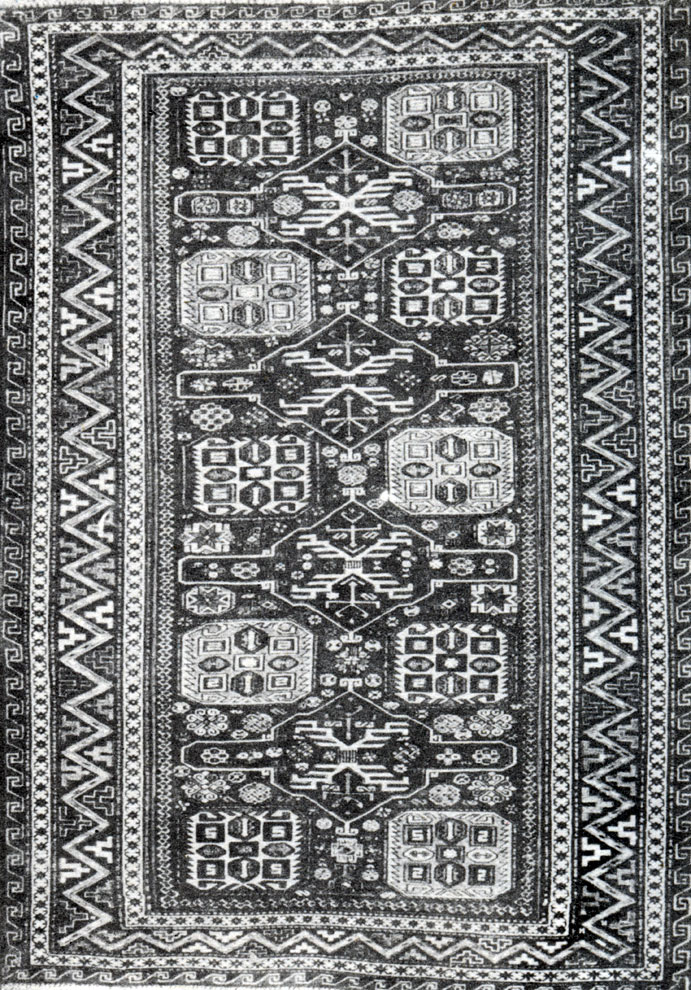
Fig. 133. 'Sumakhcha' carpet. Kuba group. XIX century
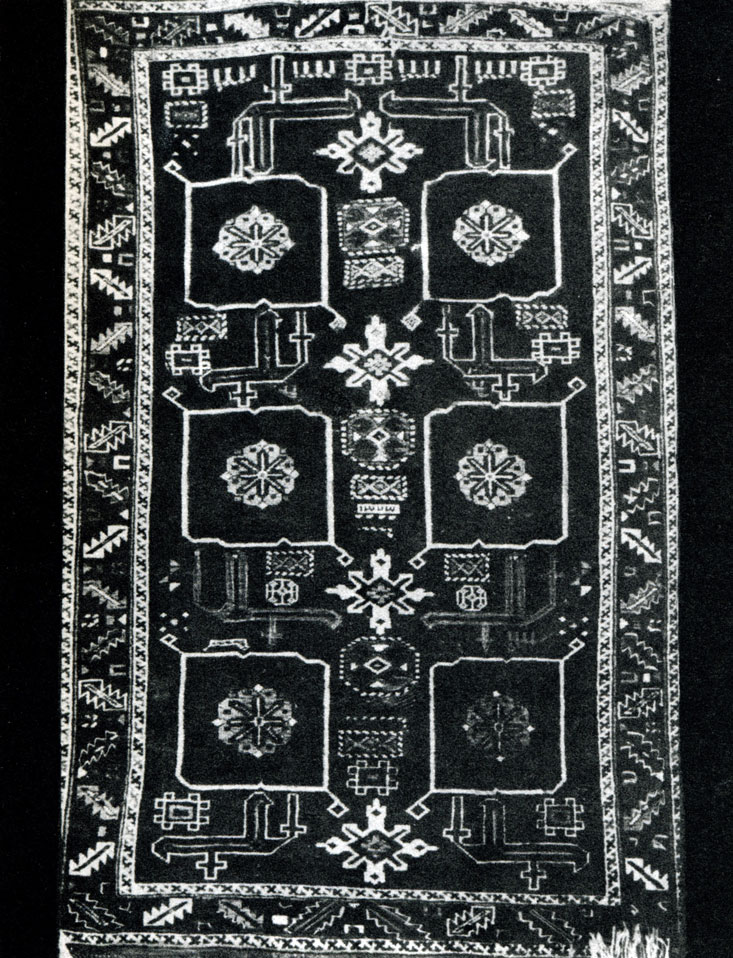
Fig. 134. 'Garagashly' carpet. Kuba group. Made in 1905

Fig. 135. ' Shahnazarli' carpet. Кuba group. Made in 1270 according to Khijri (1853) Leningrad. Hermitage. Inv. N YT-1390
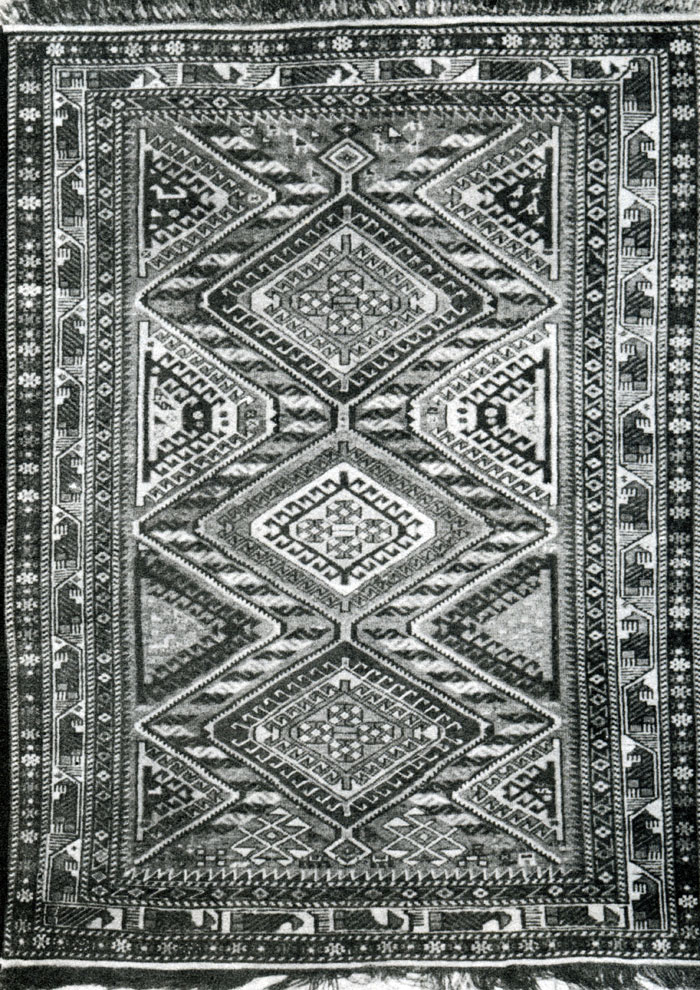
Fig. 136. 'Shahnazarli' carpet. Kuba group. Leningrad. Hermitage Inv. YT 875

Fig. 137. 'Mollakamally' carpet. Kuba group. XIX century. Moscow. Museum of Oriental Culture
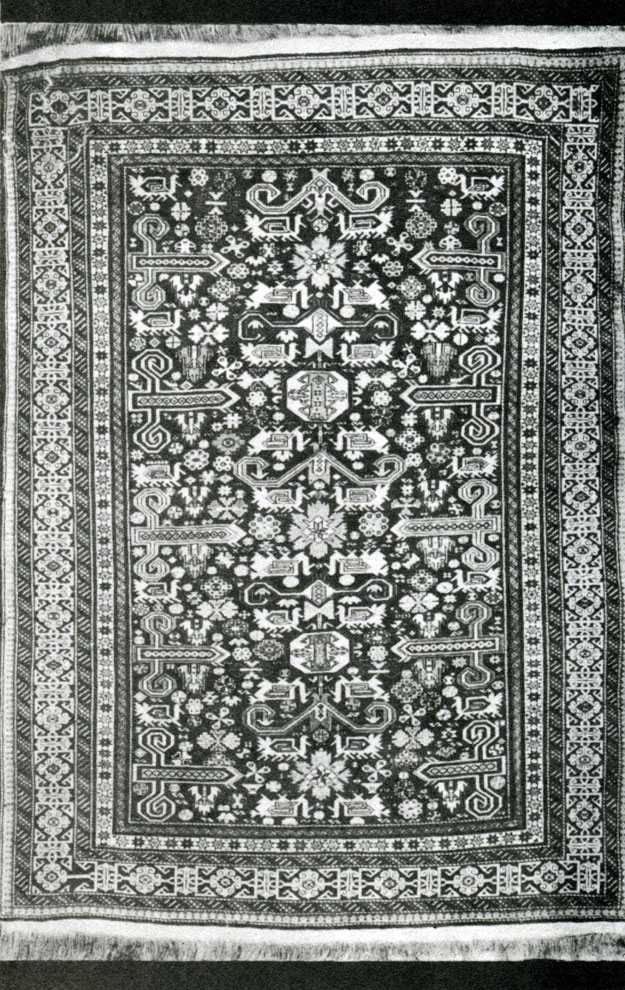
Fig. 138. 'Pirebedil' carpet. Kuba group. XIX century. Baku. Azerbaijanian State Museum of Arts

Fig. 139. Main elements of 'Pirebedir carpet

Fig. 140. 'Gerat-Pirebedil' carpet. Kuba group. First quarter of the XX century. Baku. State Museum of History of Azerbaijan
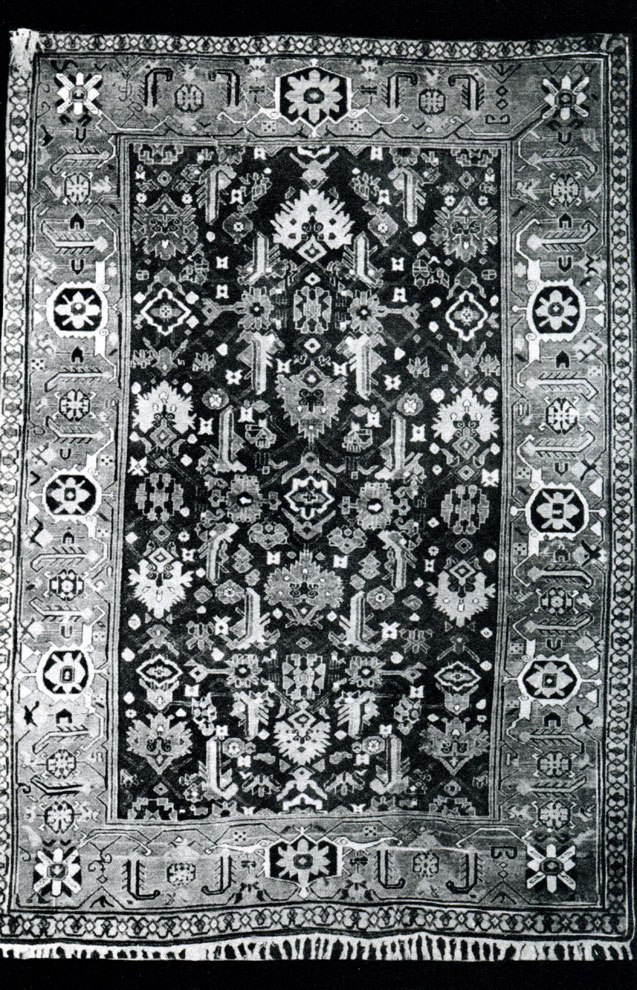
Fig. 141. 'Gerat Pirebedil' carpet. Kuba group
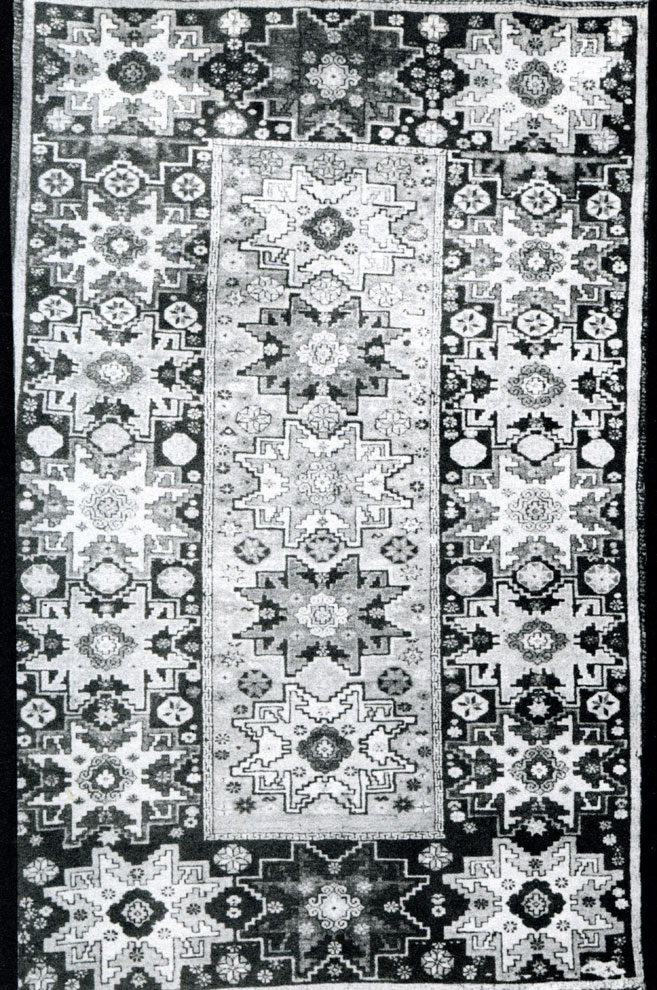
Fig. 142. 'Zeiva' carpet. Kuba group. XIX century. Leningrad. Hermitage. Inv. YT-900
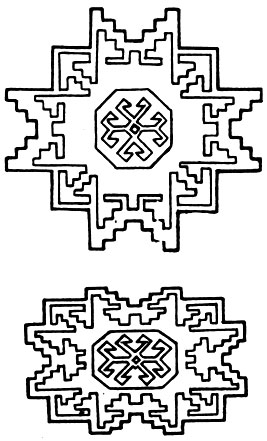
Fig. 143. Gels of 'Zeiva' carpet. Elongated and flattened

Fig. 144. 'Zeiva' carpet. Kuba group. XIX century. Tbilisi, State Historical Museum of Georgia
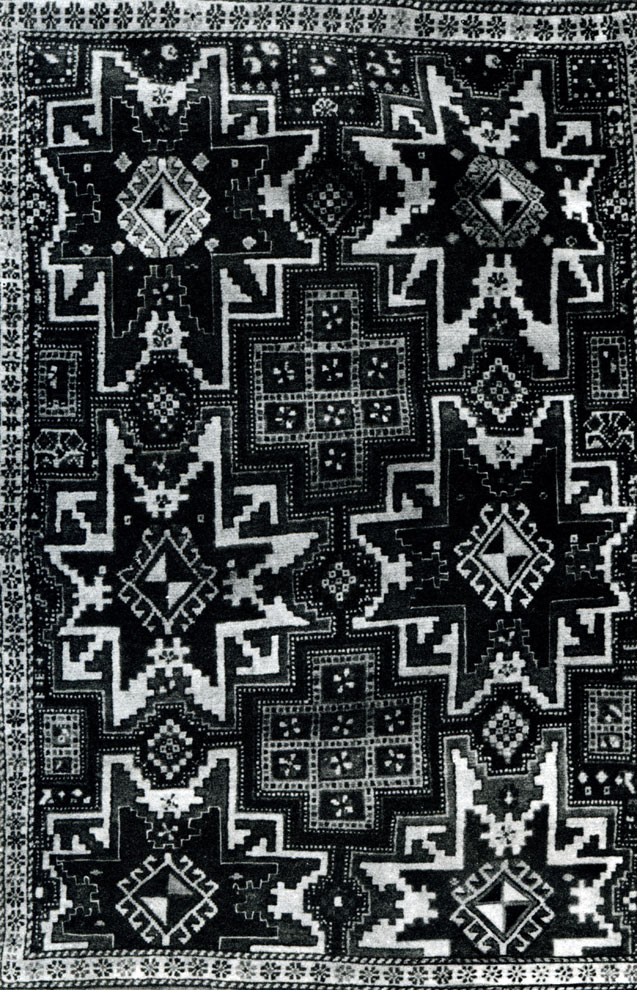
Fig. 145. 'Zeiva' carpet. Kuba group. XIX century. London. Victoria and Albert Museum
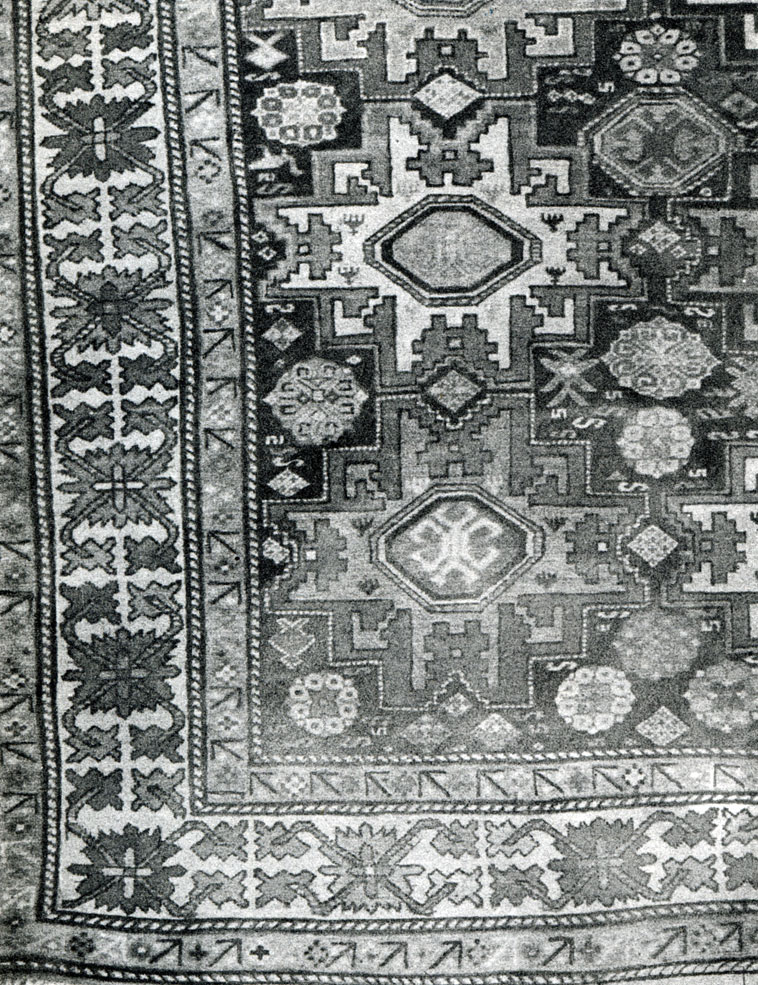
Fig. 146. 'Zeiva' carpet. Kuba group. XVIII century. Baku. Collections of Bibieibat Sanctuary. In 1926 it was demonstrated at Kuba Carpet Exhibition

Fig. 147. 'Alikhanly'. Kuba group. XIX century

Fig. 148. 'BHijr carpet. Kuba group. XIX century. Baku. Museum of History of Azerbaijan

Fig. 149. 'Ugakh' carpeC. Kuba group. Beginning of the XX century

Fig. 150. 'Charakir carpet. Kuba group. XVIII century. Collections of Kuba Mosque
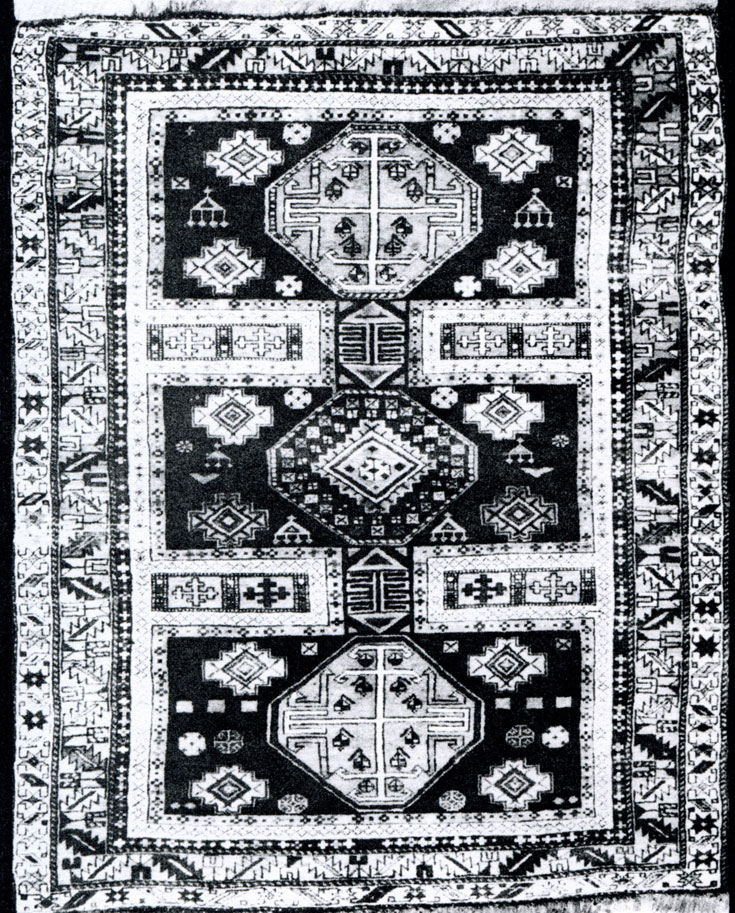
Fig. 151. 'Orduj' carpet. Kuba group. XIX century. Tbilisi. State Historical Museum of Georgia
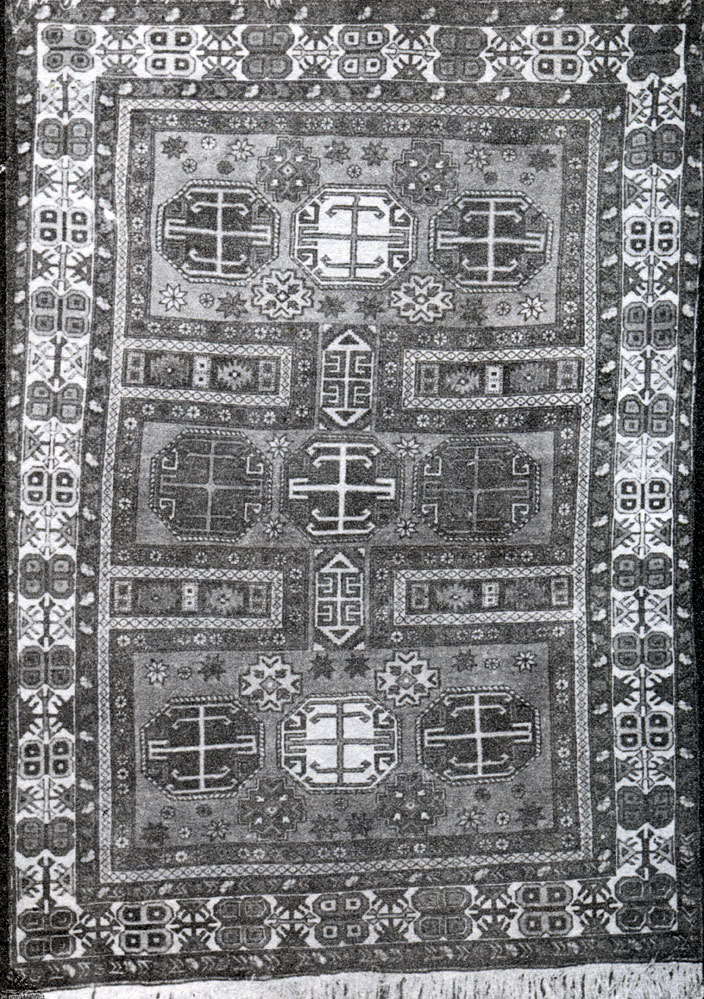
Fig. 152. 'Orduj' carpet. Kuba group. Beginning of the XIX century. Baku. Teze Pir mosque

Fig. 153. 'Afurja' carpet. (First variant). Kuba group. Made in 1277 according to Khijri (1860). Moscow. Museum of Oriental Culture. Inv. 1017-3

Fig. 154. 'Afurja' carpet (Second variant). Kuba group. XVIII century. Collections of Kuba mosque

Fig. 155. 'Jili' carpet. Kuba group. XVIII century. Collections of Kuba mosque
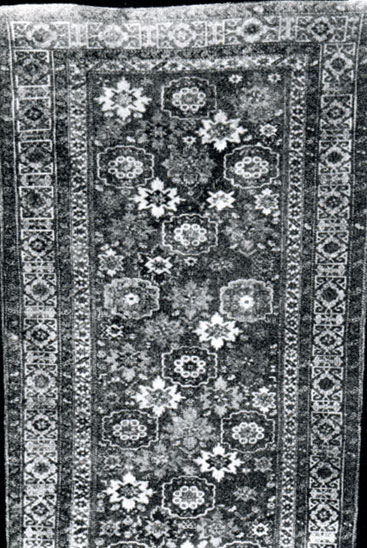
Fig. 156. 'Khashr carpet. Kuba group. XVIII century. Collections of mosque in Khazari village
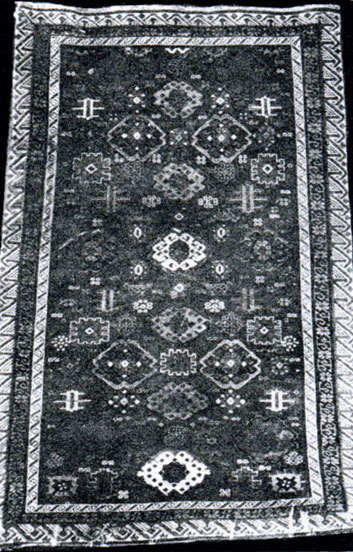
Fig. 157. 'Khashi' carpet. Kuba group. XVIII century. Collections of mosque in Khazari village

Fig. 158. 'Gonakhkend' Kuba group. XIX century

Fig. 159. Sketch of medallion in the centre of 'Gonakhkend' carpet. Initial form
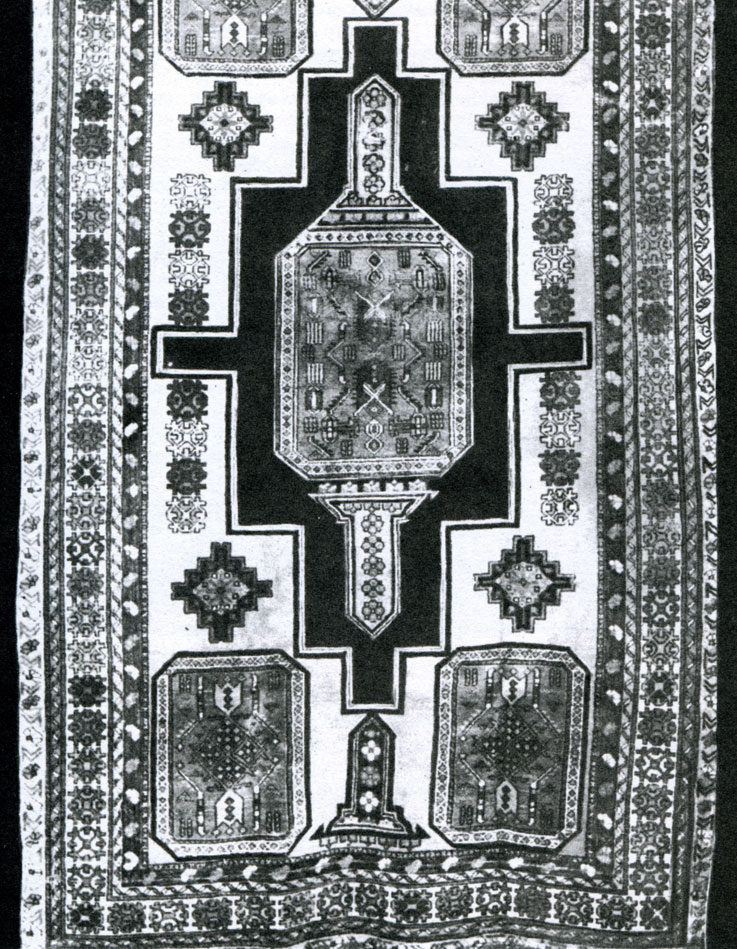
Fig. 160. 'Gonakhkend' carpet. Kuba group. XIX century
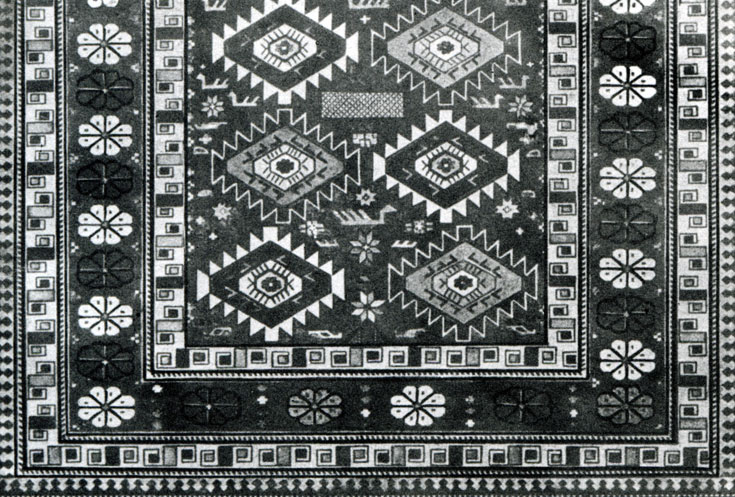
Fig. 161. 'Arsalan' carpet. Kuba group. XIX century. Collections of former Zakgostorg
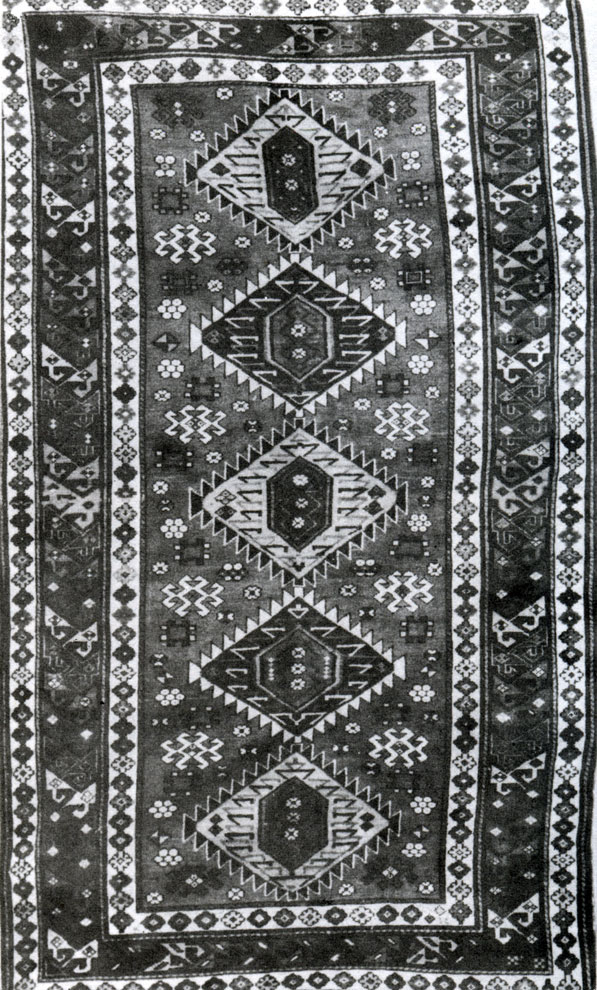
Fig. 162. 'Arsalan' carpet. Kuba group. XIX century. Tbilisi. State Historical Museum of Georgia
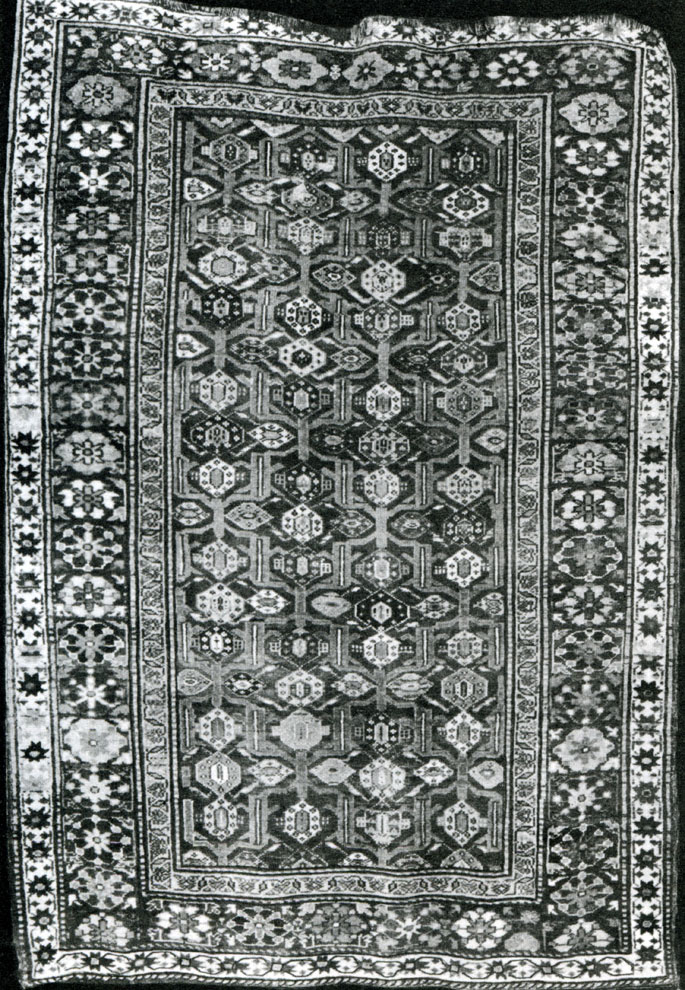
Fig. 163. 'Khan' carpet (First variant). Kuba group. Beginning of the XIX century. London. Victoria and Albert Museum. Inv. N 1968

Fig. 164. 'Khan' carpet (First variant). Kuba group. Baku. Museum of History of Azerbaijan
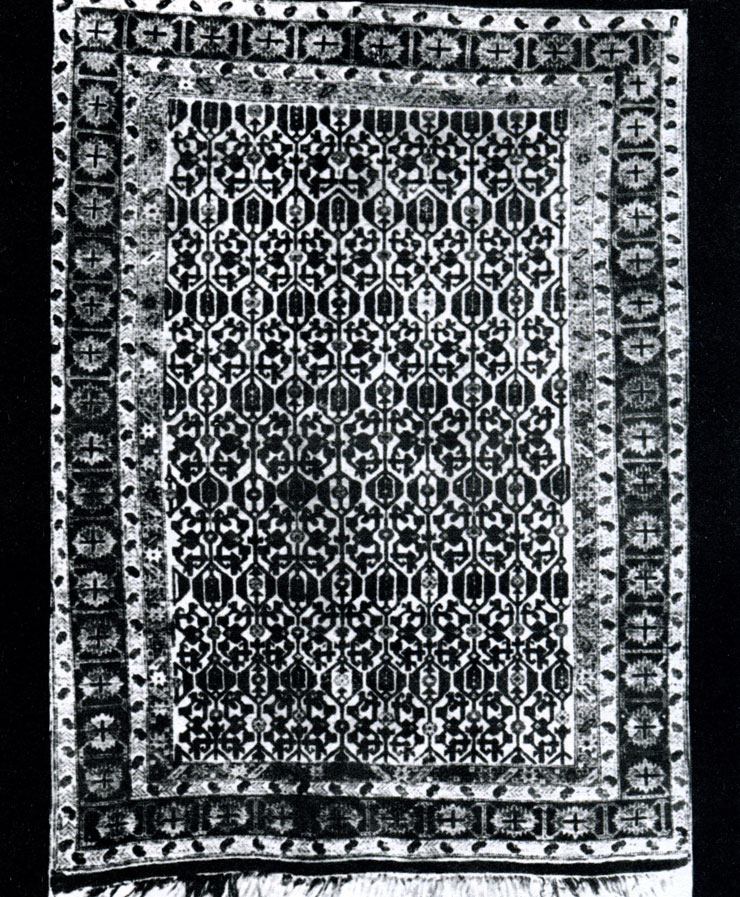
Fig. 165. 'Khan' carpet. Kuba group. XIX century. Baku. Museum of History of Azerbaijan (Coloured)
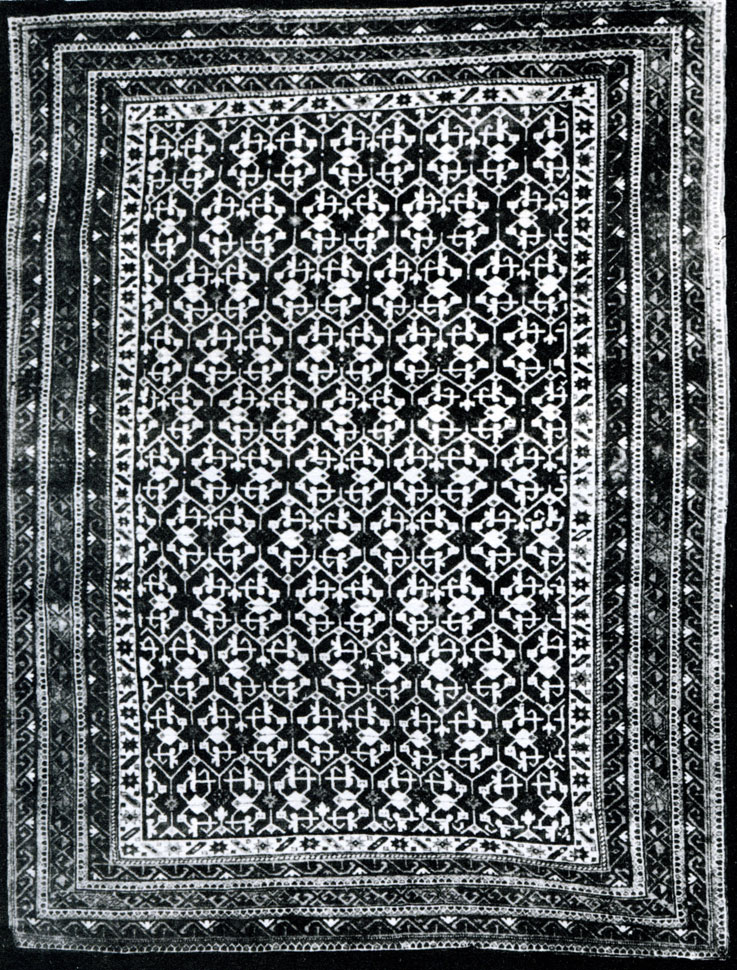
Fig. 166. 'Khan' carpet (Second variant). Kuba group. XIX century
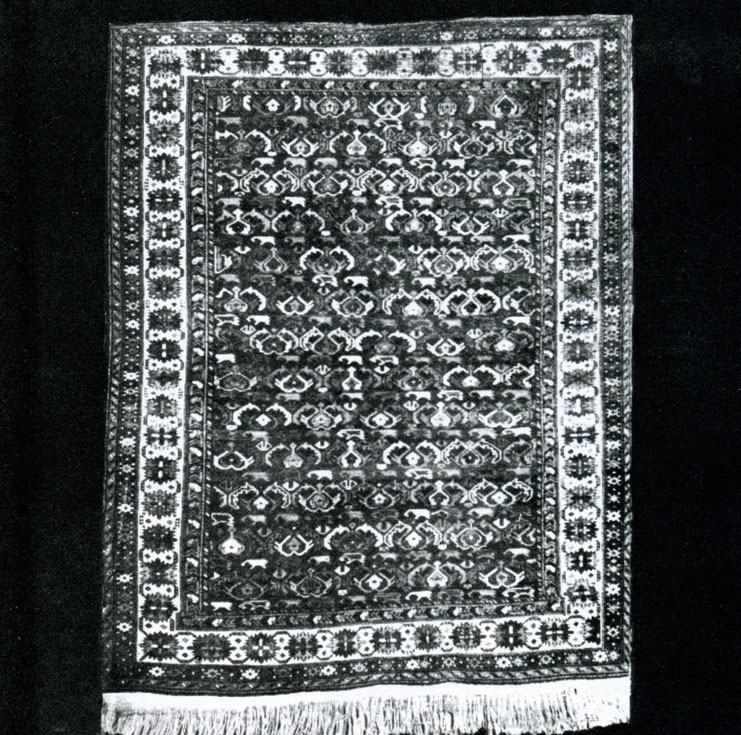
Fig. 167. 'Salmasoyut' carpet. Kuba group. XIX century. Baku. Museum of History of Azerbaijan
|
ПОИСК:
|
© ARTYX.RU 2001–2021
При копировании материалов проекта обязательно ставить ссылку:
http://artyx.ru/ 'ARTYX.RU: История искусств'
При копировании материалов проекта обязательно ставить ссылку:
http://artyx.ru/ 'ARTYX.RU: История искусств'
